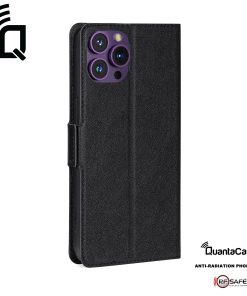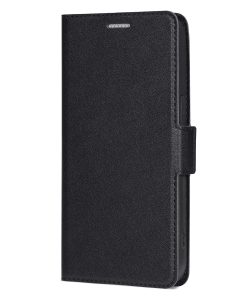The SAR level, or Specific Absorption Rate, of a mobile device measures the amount of radio frequency energy that is absorbed by the body when using the device. The SAR level of the Apple iPhone 14 Pro Max is 1.15 watts per kilogram (W/kg) when held to the head, 1.07 W/kg when worn on the body, 1.4 W/kg when used simultaneously with other transmitters on the head, 1.46 W/kg when used simultaneously on the body, 1.03 W/kg when used as a hotspot, and 1.5 W/kg when used as hotspot simultaneously with other transmitters active. These SAR levels are tested and measured by the Federal Communications Commission (FCC) and compared to a legal limit of 1.6 W/kg.
It’s important to note that these SAR levels are based on the phone’s transmission mode, orientation, and device’s position. For example, the SAR level when held to the head will be different than when worn on the body. Additionally, the SAR level may change when the phone is used in different positions such as when using it as a hotspot or while using other transmitters.
It’s also important to note that SAR levels are not the only factor to consider when evaluating the potential health risks of mobile phone use. The duration and frequency of use, as well as other factors such as genetics, can also play a role.
In recent years, there has been an ever-growing body of scientific evidence that raises concerns about the potential health effects of cell phone and wireless radiation. The World Health Organization (WHO) has classified cell phone radiation as a Class 2 B Carcinogen, meaning that it is “possibly carcinogenic to humans.” This classification is in the same category as lead, engine exhaust, DDT, and jet fuel.
One of the main concerns about cell phone radiation is its potential link to cancer. Studies have found that cell phone radiation is a Group 1 human carcinogen, and that heavy cell phone use can increase the risk of thyroid cancer. A study funded by the American Cancer Society found elevated thyroid cancer risk in heavy cell phone users with specific genetic susceptibilities. Additionally, the Environmental Working Group published a study analyzing the findings of tumor and heart damage in the National Toxicology Program study and concluded that FCC limits should be strengthened by 200 to 400 times to protect children according to current risk assessment guidelines. Women who carry cellphones in their bras have also been found to have an elevated risk of breast cancer.
It’s important to be aware of the potential risks and take steps to reduce exposure, such as using hands-free devices, keeping the phone away from the body, and limiting the duration and frequency of use. Additionally, using a phone case with built-in radiation shielding technology, like the RF Safe® Apple iPhone 14 Pro Max QuantaCase™ RFS1 Anti-Radiation Phone Case RFID Blocking, can also help to reduce exposure.


